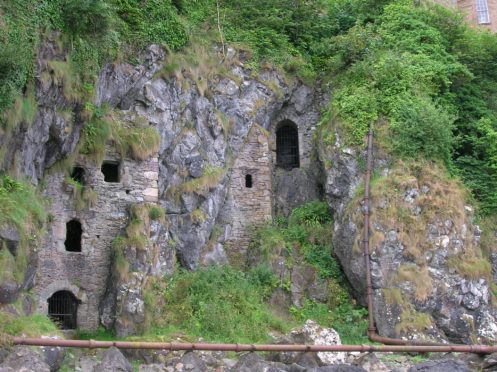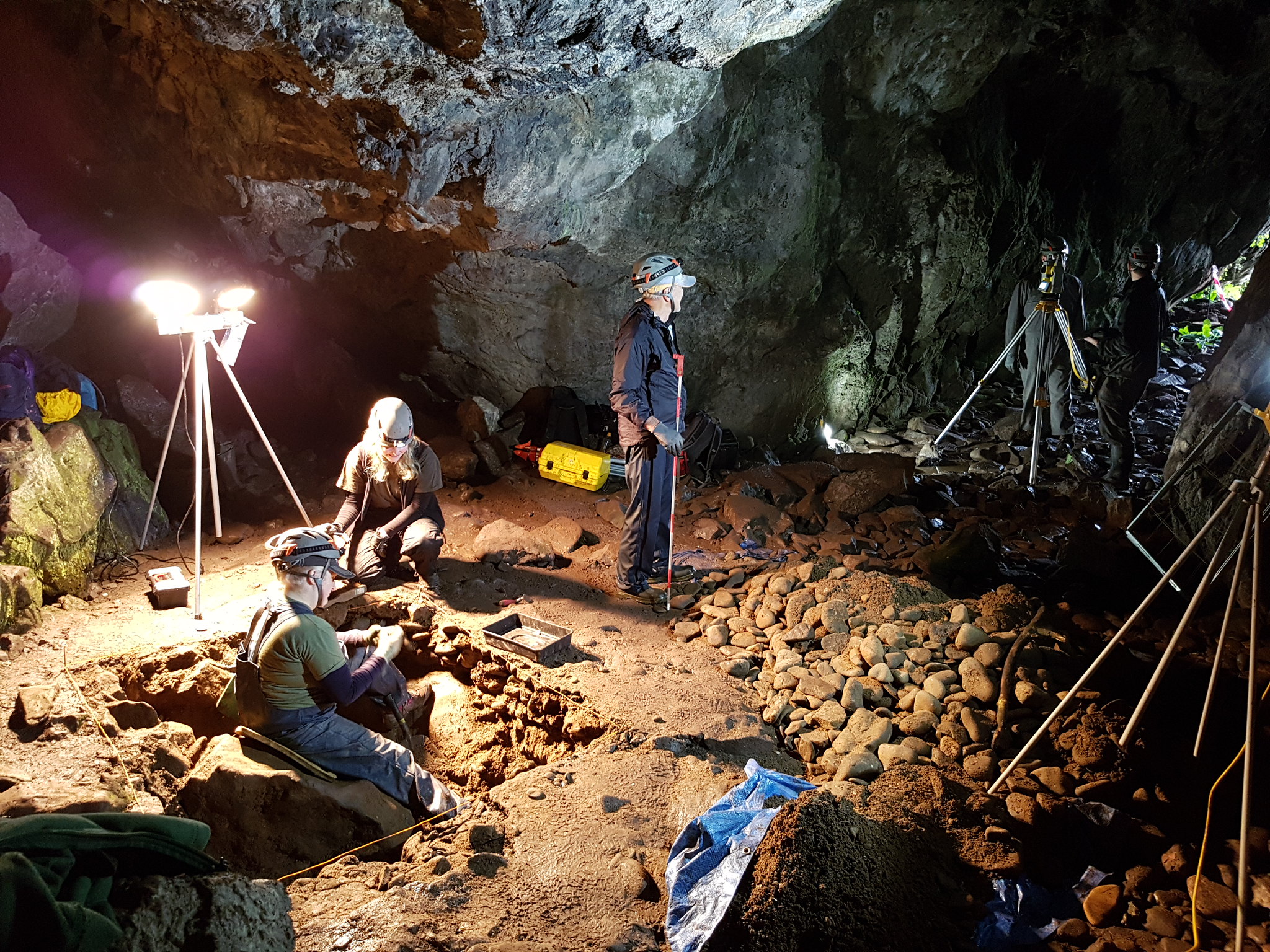
While Culzean Castle on Ayrshire’s south coast is renowned for its grandeur and history, a much more elusive part of the castle grounds still holds many secrets.
Shrouded in mystery, a number of caves below Culzean Castle have been in use by humans since the Iron Age, and are now open to explore.
Conservation charity, the National Trust for Scotland is offering a unique opportunity for the public to don hard hats and explore Culzean Castle’s subterranean secrets.
Boasting a fascinating history, they predate the construction of the castle by several millennia and their existence shows that the rocky outcrop has been an important site for humans for thousands of years.
From being used as a smuggling hideaway in the 1700s – when it’s thought contraband made its way ashore from the Isle of Man and was hidden along the Ayrshire coast – to the tale of a piper who entered the cave and was never seen again – the caves are rich with intrigue and secrets.
An archaeological dig organised by National Trust for Scotland last year uncovered Iron Age artefacts and the remains of a mysterious hidden door. Pottery, glassware and 18th century wine bottles were unearthed during the excavation, deepening understanding of how the caves may have been used.
The weekly tours will be guided by the National Trust’s expert rangers, who will take visitors through the chambers sharing their knowledge of the caves’ extraordinary past.
Gareth Clingan, Operations Manager for Culzean Castle & Country Park, said: “The caves are an extraordinary part of Culzean’s colourful history and it’s always a treat to be able to take the public in and show how humans have continued to use them for hundreds, possibly thousands of years.“
Tours will take place throughout the summer with booking being taken for July 28, August 9, August 15, August 24, September 22 and October 6.
For more information and to book, click here.

Enjoy the convenience of having The Sunday Post delivered as a digital ePaper straight to your smartphone, tablet or computer.
Subscribe for only £5.49 a month and enjoy all the benefits of the printed paper as a digital replica.
Subscribe